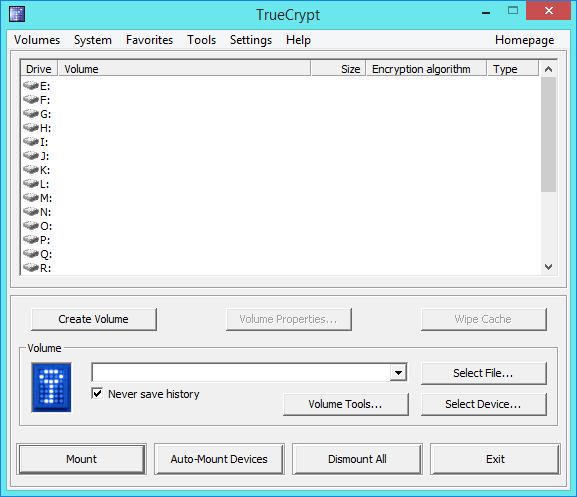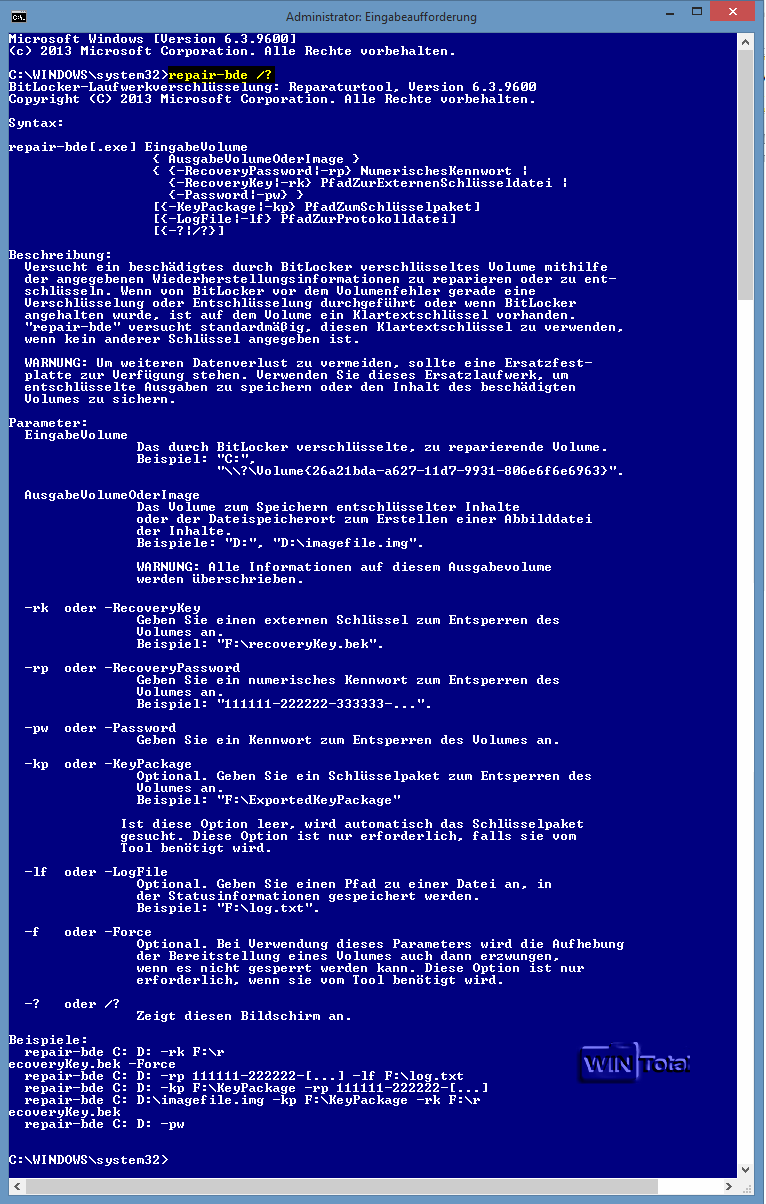

The MEK is exactly the key one may be able to extract from the computer’s RAM dumps, hibernation and page files. This key is called a Media Encryption Key (MEK) or Data Encryption Key (DEK). When VeraCrypt encrypts or decrypts the data, it is using a perfectly random, high-entropy encryption key to perform symmetric cryptographic operations. Elcomsoft Distributed Password Recovery allows specifying the encryption algorithm(s) when setting up an attack. If a container is encrypted with a cipher different from the default AES encryption, you’ll have to guess the correct encryption algorithm in addition to finding the password. In reality, neither the alternative ciphers nor stacked encryption offer tangible benefits over AES-256 encryption other than “not being the default”. Stacked encryption options are often considered the “safe side” of the matter. Additionally, ten different combinations of cascaded algorithms are available: AES–Twofish, AES–Twofish–Serpent, Camellia–Kuznyechik, Camellia–Serpent, Kuznyechik–AES, Kuznyechik–Serpent–Camellia, Kuznyechik–Twofish, Serpent–AES, Serpent–Twofish–AES, and Twofish–Serpent. VeraCrypt in particular offers the choice of a number of symmetric encryption algorithms including AES, Serpent, Twofish, Camellia, and Kuznyechik. While Microsoft BitLocker and Apple FileVault 2 rely exclusively on AES encryption, it is common for third-party crypto containers to support more than one cipher. VeraCrypt symmetric encryption algorithms If you don’t know exactly which cipher and which hash function has been used to encrypt the container, you’ll have to try all of the 75 combinations during the attack. Five different hash functions are supported, making it 15×5=75 possible combinations of symmetric ciphers and one-way hash functions to try.

VeraCrypt offers the choice of some fifteen combinations of individual encryption algorithms and their cascaded combinations. Passwords could be protected with one of the three supported hash functions (RIPEMD-160, SHA-512, or Whirlpool). In addition, five combinations of cascaded algorithms (AES-Twofish, AES-Twofish-Serpent, Serpent-AES, Serpent-Twofish-AES and Twofish-Serpent) were available, making the total of eight possible combinations. If the expert makes the wrong choice of a hash function or cipher, the data will not be decrypted even if the correct password is known.ĭuring the times TrueCrypt ruled the world of third-party full-disk encryption tools, users were presented with the choice of three individual encryption algorithms (AES, Serpent, and Twofish). When attacking an encrypted container, the expert must either know the exact combination of the cipher and hash function, or try all of their possible combinations. VeraCrypt Encryptionįull-disk encryption tools rely on symmetric cryptography to encrypt data, and employ one-way transformations (hash functions) to protect the binary data encryption key with the user’s password. Learn how to break VeraCrypt containers with distributed password attacks. Compared to TrueCrypt, which it effectively replaced, VeraCrypt employs a newer and more secure format for encrypted containers, and significantly expands the number of supported encryption algorithms and hash functions. VeraCrypt is a de-facto successor to TrueCrypt, one of the most popular cryptographic tools for full-disk encryption of internal and external storage devices.


 0 kommentar(er)
0 kommentar(er)
